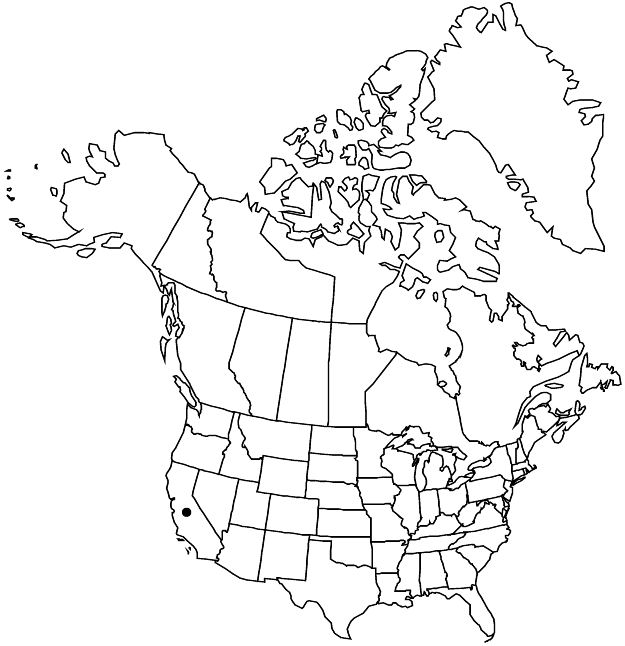Difference between revisions of "Euphorbia dendroides"
Sp. Pl. 1: 462. 1753.
FNA>Volume Importer |
imported>Volume Importer |
||
| (4 intermediate revisions by 2 users not shown) | |||
| Line 16: | Line 16: | ||
|name=Tithymalus dendroides | |name=Tithymalus dendroides | ||
|authority=(Linnaeus) Hill | |authority=(Linnaeus) Hill | ||
| + | |rank=species | ||
}} | }} | ||
|hierarchy=Euphorbiaceae;Euphorbia;Euphorbia subg. Esula;Euphorbia dendroides | |hierarchy=Euphorbiaceae;Euphorbia;Euphorbia subg. Esula;Euphorbia dendroides | ||
| Line 31: | Line 32: | ||
|elevation=0–500 m. | |elevation=0–500 m. | ||
|distribution=Calif.;Europe;n Africa. | |distribution=Calif.;Europe;n Africa. | ||
| + | |introduced=true | ||
|discussion=<p><i>Euphorbia dendroides</i> is native to the Mediterranean region. In the flora area, the species is known from Los Angeles, Santa Barbara, and Ventura counties.</p> | |discussion=<p><i>Euphorbia dendroides</i> is native to the Mediterranean region. In the flora area, the species is known from Los Angeles, Santa Barbara, and Ventura counties.</p> | ||
|tables= | |tables= | ||
| Line 40: | Line 42: | ||
-->{{#Taxon: | -->{{#Taxon: | ||
name=Euphorbia dendroides | name=Euphorbia dendroides | ||
| − | |||
|authority=Linnaeus | |authority=Linnaeus | ||
|rank=species | |rank=species | ||
| Line 56: | Line 57: | ||
|publication year=1753 | |publication year=1753 | ||
|special status=Introduced | |special status=Introduced | ||
| − | |source xml=https:// | + | |source xml=https://bitbucket.org/aafc-mbb/fna-data-curation/src/2e0870ddd59836b60bcf96646a41e87ea5a5943a/coarse_grained_fna_xml/V12/V12_22.xml |
|genus=Euphorbia | |genus=Euphorbia | ||
|subgenus=Euphorbia subg. Esula | |subgenus=Euphorbia subg. Esula | ||
Latest revision as of 19:14, 5 November 2020
Shrubs, dendroid, with large rootstock. Stems erect, stout, densely branched, to 200 cm, glabrous, bark usually reddish and glossy toward tip of branches. Leaves: petiole absent; blade linear-lanceolate to oblong-lanceolate, 20–65 × 3–8 mm, base attenuate, margins entire, apex obtuse to acute, sometimes mucronulate, surfaces glabrous; venation pinnate, midvein prominent, base attenuate. Cyathial arrangement: terminal pleiochasial branches 4–8, unbranched or 1–2-times 2-branched; pleiochasial bracts similar in shape to but usually shorter and wider than distal leaves; dichasial bracts distinct, yellowish, broadly ovate, orbiculate, rhombic, or reniform, base obtuse, margins entire, apex obtuse, sometimes mucronulate; axillary pleiochasial absent. Cyathia: peduncle absent. Involucre broadly turbinate to hemispheric, 3–4 × 3.5–3.8 mm, glabrous; glands 4, suborbiculate to subtrapezoidal, 1–1.5 × 1.2–1.8 mm, sometimes irregularly lobed; horns absent. Staminate flowers 20–25. Pistillate flowers: ovary glabrous; styles 2.4–3 mm, 2-fid. Capsules subglobose, 4–5.5 × 4–6.5 mm, deeply lobed; cocci laterally compressed, smooth, glabrous; columella 3–4 mm. Seeds grayish or blackish, ovoid and strongly laterally compressed, 3–3.5 × 1.5–2 mm, smooth; caruncle semirounded and laterally compressed, 1.2–1.4 × 0.8–1.8 mm.
Phenology: Flowering and fruiting fall–spring.
Habitat: Coastal plains and basins, hillsides.
Elevation: 0–500 m.
Distribution

Introduced; Calif., Europe, n Africa.
Discussion
Euphorbia dendroides is native to the Mediterranean region. In the flora area, the species is known from Los Angeles, Santa Barbara, and Ventura counties.
Selected References
None.